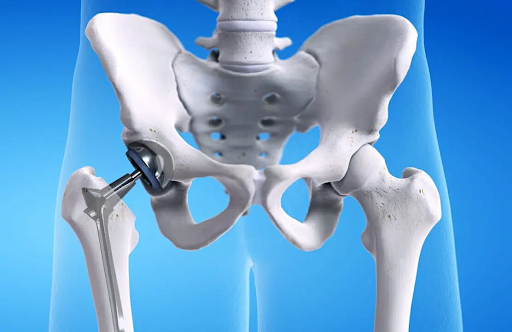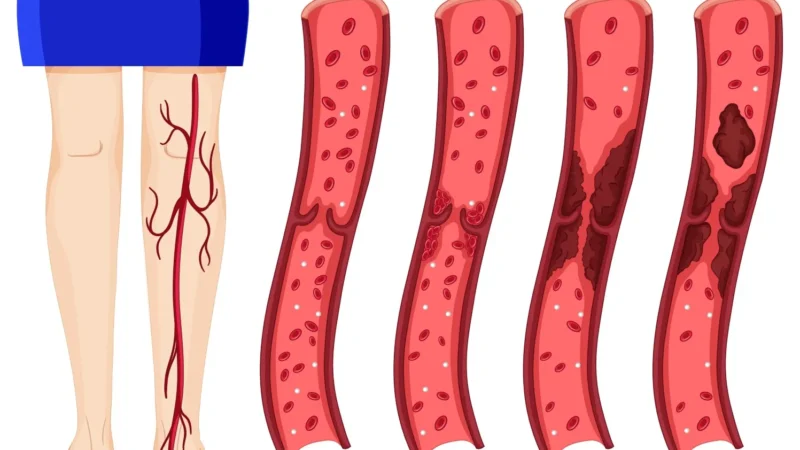A Comprehensive Guide to Hip Replacement: Benefits, Risks, and Recovery

Hip replacement surgery is a well-established and effective procedure for individuals suffering from chronic hip pain, usually due to arthritis or other degenerative conditions. This surgery involves removing the damaged parts of the hip joint and replacing them with artificial components, often made of metal, ceramic, or plastic. In this article, we will explore the benefits, risks, and recovery process associated with hip replacement, offering a complete guide for those considering this procedure.
Benefits of Hip Replacement Surgery
Hip replacement offers numerous advantages for patients who experience debilitating pain and mobility issues. The primary benefit of the surgery is the significant reduction in pain. As the damaged hip joint is replaced, patients often experience dramatic improvements in their quality of life. Some of the key benefits include:
- Pain Relief: One of the most immediate benefits of hip replacement is the reduction or complete elimination of chronic pain, which is common in patients with hip osteoarthritis, rheumatoid arthritis, or fractures.
- Improved Mobility: After the surgery, many patients regain the ability to move freely and engage in daily activities that were previously difficult or impossible. This includes walking, climbing stairs, and exercising.
- Restored Functionality: Hip replacement allows individuals to return to their normal routines and often even participate in low-impact sports or activities.
- Enhanced Quality of Life: With pain alleviated and mobility restored, many patients report a better overall sense of well-being and a return to social and recreational activities.
Risks and Complications of Hip Replacement
Like any major surgery, hip replacement carries certain risks, though serious complications are relatively rare. It’s important for patients to fully understand these risks before undergoing the procedure. Some of the potential risks associated with hip replacement include:
- Infection: As with any surgery, there is a risk of infection at the site of the incision or within the joint. Proper care and sterilization protocols minimize this risk.
- Blood Clots: Deep vein thrombosis (DVT) is a potential complication in the postoperative period. Blood clots can form in the legs and, in rare cases, travel to the lungs, causing a pulmonary embolism.
- Dislocation: After surgery, the new hip joint can dislocate, particularly in the first few months of recovery. Patients are typically advised to avoid certain positions and movements during the initial recovery phase.
- Implant Wear and Tear: Over time, the artificial joint may wear out, especially if the patient leads an active lifestyle. In such cases, a revision surgery may be necessary to replace the worn-out components.
Despite these risks, hip replacement remains a highly successful surgery with an overall low complication rate, especially when performed by an experienced orthopedic surgeon.
Recovery After Hip Replacement Surgery
The recovery process following hip replacement varies from patient to patient but generally involves several stages. Understanding what to expect during recovery can help patients prepare for a smooth and successful rehabilitation.
Immediately After Surgery
After the surgery, patients typically stay in the hospital for a few days to ensure that they are recovering well. During this time, pain management and monitoring for any signs of complications are essential. Physical therapy often begins within 24 hours to help patients regain mobility and strengthen the muscles surrounding the new hip joint.
Rehabilitation and Physical Therapy
Physical therapy plays a crucial role in the recovery process. Patients are typically encouraged to start walking with the aid of a walker or crutches within the first few days after surgery. The goal of physical therapy is to improve strength, flexibility, and mobility, helping the patient return to their normal activities as soon as possible. Most patients can gradually resume light activities after 4-6 weeks, though more strenuous activities may need to be avoided for several months.
Long-Term Recovery and Activity Restrictions
Full recovery from hip replacement can take several months, during which time patients should adhere to their surgeon’s guidelines for post-surgical care. This may include avoiding certain high-impact activities, like running or jumping, to prevent damage to the new joint. Regular follow-up visits with the orthopedic surgeon are important to ensure that the hip replacement is functioning well and there are no signs of complications. In the meantime, if you’re planning to focus on other tasks, such as writing your thesis, it might be a good idea to bachelorarbeit schreiben lassen to reduce stress during recovery.
Conclusion
Hip replacement is a transformative procedure that offers significant relief to those suffering from hip pain and limited mobility. While there are risks associated with the surgery, the benefits of improved pain management and enhanced mobility far outweigh these potential complications for most patients. By understanding the benefits, risks, and recovery process, patients can make informed decisions and work with their healthcare providers to achieve the best possible outcomes.






